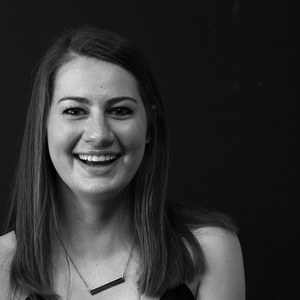Homan: New York Fashion Week shouldn’t go to the highest bidder
Like most things in the U.S., it seems that New York Fashion Week can be bought. Although heftily priced, what was once an exclusive event reserved for the best and most esteemed designers is now flooding with new talent — or anyone with the money.
Business Insider reported that an average fashion show could cost up to $460,000, which factors in the venue, publicity, styling, models, hair and makeup and celebrity appearances.
For Hiromi Asai, $66,791 will do the trick. That is the grand total the Tokyo-born kimono designer raised on Kickstarter to bring her kimonos to the runway.
Asai’s minimal funding requirement on Kickstarter was $50,000, although her goal was $100,000. For those who pledged more than $50, Asai promised entry to the fashion show. Thanks to 351 backers, the project came to life: the Hiromi Asai & Kimono Artist Kyoto FW 2016 show will happen Tuesday at 1 p.m. at the Dock, Skylight at Moynihan Station in New York City.
Asai is not the only designer showing for the first time in New York this season. ÖHLIN/D, an environmentally conscious line by Anne Deane and Jacob Park, presented its fall collection Saturday at Pier 59. Ev Bessar, a New York-based designer who has a made-to-order business, premiered her unisex collection at fashion week Thursday. Several other relatively unknown labels made their debuts this season as well.
For extremely talented designers, an initiative by the Council of Fashion Designers of America and Vogue is a financial saving grace. The CFDA/Vogue Fashion Fund annually awards three designers with a monetary prize and mentorship to support emerging American fashion talent. Although the 2015 winner Aurora James of the accessories label called Brother Vellies has shown at fashion week before, this will be her first presentation since taking home the prize.
While it is important for new talent to emerge at fashion week, some labels may be carving their way into the schedule with money rather than talent.
For instance, the celebrity shows make me wonder if they are not just for publicity. Rihanna is making her fashion week debut as the creative director of a collection for Puma. Celebrities as fashion icons are nothing new, but to become the creative director with no previous experience seems superficial.
And then there’s Kanye. This is his third show, but I’m still questioning his transformation from rapper to designer. Not only does he take away time from other respected fashion houses, he caused controversy and drama with his scheduling, forcing other designers to reschedule if they want any attention.
And while most fashion shows are under an hour — many lasting only several minutes — Kanye had his models stand still for more than 90 minutes while he played his entire new album and entertained the crowd. I’m sure it was a spectacle and a fun event, but it’s not something that belongs at fashion week.
Money is an essential part of the fashion industry, as it is with any business. It makes sense that it is expensive to have a spot during fashion week, but showing at fashion week should require more than just money and fame. If anyone can call himself or herself a designer, the meaning of the word gets lost, and the true talent gets lost. To find the best designers and greatest talent, the price needs to be lowered and the bar needs to be raised.
Jackie Homan is a sophomore magazine journalism major. Her column appears weekly in Pulp. You can email her at jahoman@syr.edu or follow her @jackie_homan on Twitter.
Published on February 15, 2016 at 8:47 pm







